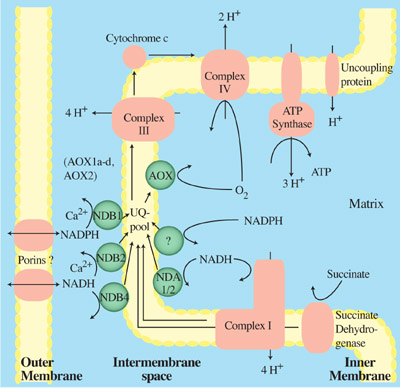How could you not love a plant named skunk cabbage? It’s one of the first flowers of spring and the blatant eroticism of the spadix and spathe would make Georgia O’Keefe blush — perhaps it did
It’s an arum, so in the same family as the aptly named Amorphophallus titanum. This family really has got the corner on great names amorpho phallus? And of course titanum! Skunk cabbage is Symplocarpus foetidus, not quite as obnoxious, but stinking anyway.
You can find skunk cabbage all over the place this time of year. When I write “all over the place” what I really mean is, in wet low lying places. I saw my first flowers last week as I was biking to work. I jumped off my bike tromped into the swamp and started snapping pictures.
yeah, ahem.
And this is a grainy i-pod picture of the whole field of skunk.
In a few weeks the leaves will begin to grow out and pretty soon there will be these enormous green leaves in those swampy areas. Loverly. I have read that the bud for the next several years’ flowers can be found if you dig into the soil right where the flower is coming out.
Apparently you can eat the leaves if you boil them long enough or dry them out, but if you don’t they’ll burn your mouth when you try to eat them. So don’t. I always wonder why one would try boiling something after it has already burned your mouth. I suppose there’s not much else to eat in late March.
For more on the wild skunk cabbage check out: http://www.natureinstitute.org/pub/ic/ic4/skunkcabbage.htm. This guy seems to be a little overly interested in skunk cabbage. However he doesn’t go enough into my favorite fact and the real reason I’m writing this: skunk cabbage generates heat.
Skunk cabbage generates heat by uncoupling its mitochondria. This hepls it to grow through snow and it also perhaps volatilizes the stinking compounds that attract the vile little insects that polinate it. What does “uncouple mitochondria” mean? Well I’ll try to tell you.
Mitochonodria produce the energy currency of the cell (in plants, animals and fungus) called ATP (adenosine tri-phosphate). It does this using what’s called the electron transport chain.

Whoa. The idea is relatively simple and elegant. The mitochondria passes electrons from the beginning of the chain (complex I) to the end of the chain (complex IV). In the process many of these complexes pump protons (Hydrogen ions) across the mitochondrial membrane. That means that there gets to be more on one side of the membrane than the other. This is kind of like pumping water up a waterfall. The protons don’t like this and want to come back across so there will be the same amount on both sides. Usually the mitochondria allows them to come across slowly and uses this stream to make the ATP (again think of the waterfall only this time stick a water wheel in there). In skunk cabbage the protons flow freely back across losing a lot of energy as heat. There you have it.
Interestingly there was a diet drug in the thirties that did a similar thing for humans http://en.wikipedia.org/wiki/2,4-Dinitrophenol. Overdoses are none too pleasant. People used up all of their energy making heat then died.
To summarize:
It stinks (skunk cabbage)
It burns your mouth
It makes Georgia O’Keefe blush
It generates it’s own heat so that it can be first to flower in the spring.
Now that’s one fine plant.
More later,
keep digging.


